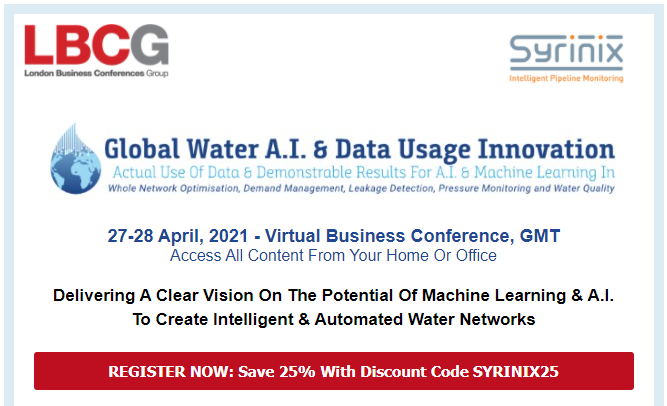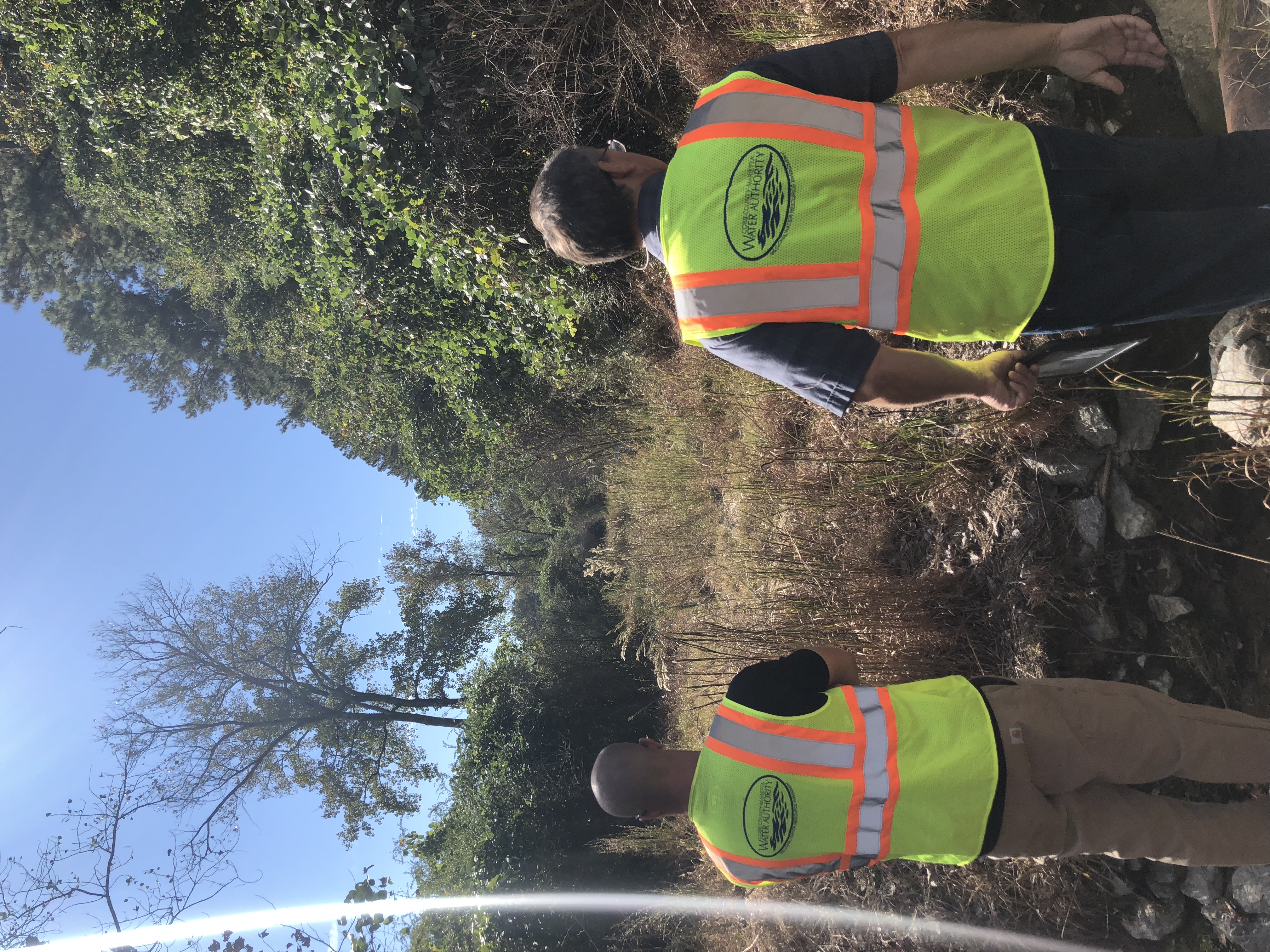The musings of James Dunning - CEO, Syrinix
AI, The Water Sector and the Wizard of Oz
I best come clean. I am not a techie.
Indeed, absent from some occasional in-house discussions, the primary influences for my understanding of Artificial Intelligence have been R2-D2’s chirrups and Kubrick’s HAL politely declining Dave’s requests.
Scroll forward an unnerving number of decades though and “AI” is the talk of the town.
Alongside companies attracting higher valuations for adding AI to their name (Ed: I exaggerate for effect) and a supply chain promising water sector “AI” transformations… but how much is reality and how much is just marketing?


After all, the water sector does have form.
I’ve not done it, but I suspect a photo of the booths at AWWA ACE’s annual Summer Jamboree (I really miss them!!) would be pretty telling.
In 2013 “smart” was nowhere to be seen. By 2015 it was on every booth front. Keep rolling forward and play buzzword bingo with “IoT”, “Industry 4.0”, “Big Data”…and now of course “AI”.
So with some excitement last week (written April 2021) I attended the inaugural, enjoyable and illuminating “GLOBAL WATER A.I. & DATA USAGE INNOVATION” conference.
With attendees from all over the world commendably herded into the ether for three days of virtual presentations and chat there were multiple interesting presentations including some real eye-openers.
My take-aways? Well:
Whilst “AI” caught everyone’s eye, there was not much “artificial” on display - this was a conference about data.
Back in 1968 HAL certainty set the bar high. But “AI” in the here and now is about filtering, organising and correctly labelling data. Want a robotic dog to learn how to open a door? Then you’re getting into machine learning and neural networks - and you would have been at the wrong conference.
For your bulk standard AI, it’s a data play pure and simple.


Effective AI needs effective data
or, to put the reality somewhat more bluntly, “rubbish in rubbish out” – and the water sector is (apologies for the pun) drowning in rubbish data.
It’s fine if you want an hourly update to tell you nothing is happening roughly somewhere at roughly some point in time – the sector has that nailed. But want to start developing and applying autonomous workflows?
You’re going to need a bigger boat (sorry, but I do like my films).
The supply chain and the conference papers are some (OK, a long long) way ahead of what many (most?) utilities can handle at the moment.
As one utility volunteered, they are “data rich and information poor” and not pushing but being pulled into addressing the consequent challenges.
Despite the investment communities’ aspirations, the water sector does not produce many hockey stick growth stories.
Why? For the simple reason that the sector does not perform many sudden broad-ranging hand brake turns in the way it supplies water and collects and disposes of waste.


Is that a criticism then?
No, not at all. What the sector does, and does so well that most people do not give it a moment’s attention as they drink their coffee, is extraordinary.
But a testbed for innovation and an example of agile business practices it is not.
But there is a very practical angle here too.
After all, water sector employees are not sitting around twiddling their thumbs.
Water sector employees do not have a spare 2 hours every day to try out new innovative ways of working.
Water sector employees are not typically that keen to experiment whilst also carrying the can if that well-meaning experiment accidentally sends out bills every day rather than monthly or causes a major burst with a week’s worth of boil water notices.

But the sector does get there. And that’s the point.
Which brings me back to how it was the Scarecrow in the Wizard of Oz who nailed the actual challenge all those years ago….
Just like the Scarecrow, water utilities know it’s not more straw data they need but clear actionable insights.
And it’s the suppliers who can align with that journey, and provide AI as “Actionable Insights” rather than “Artificial Intelligence”, who will be the winners in this particular race.
Contact Us
Leave your details and we will be in touch.



